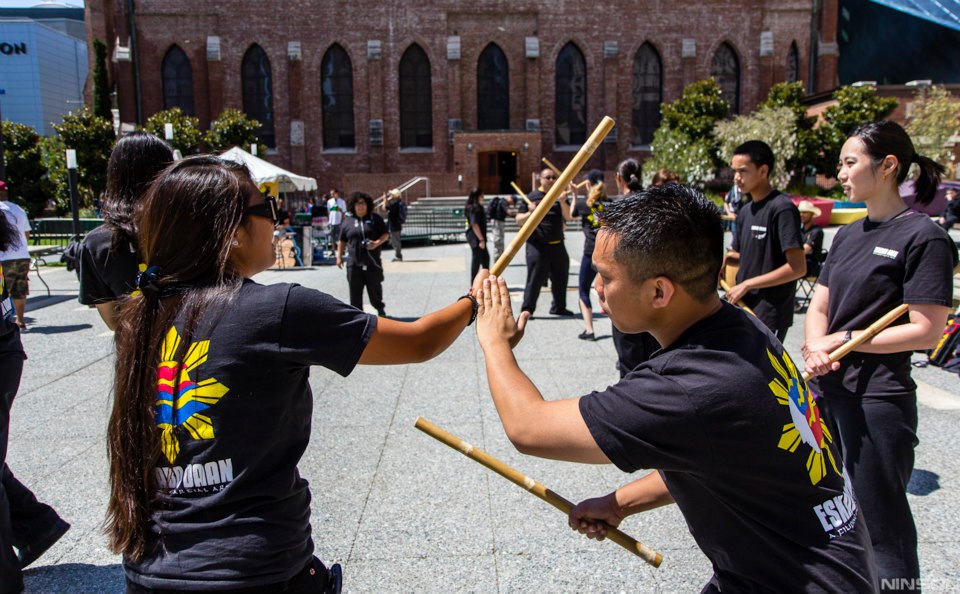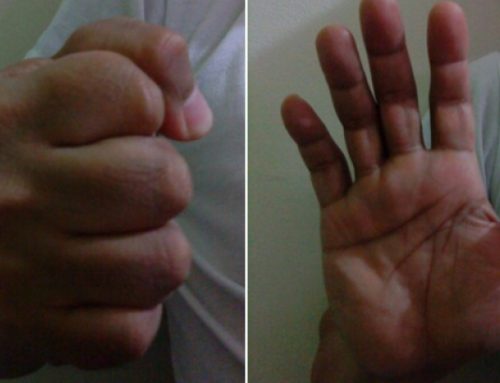The traphand is one of the signature techniques of Filipino martial arts. Despite the diversity of Filipino martial arts, the traphand is one aspect that is seen in almost every FMA system from Luzon to Mindanao.
To properly explain the use and application of the traphand, Joseph Bautista of Eskabo Daan was asked to give his insight.
“The traphand is traditionally the use of the left hand, if you have a weapon in your right hand. But a trap is basically a slap that we use to control the opponent.
Anything the opponent is throwing at us, leg, hand, head, the trap is a slap to the attacking limb” When asked if all Filipino Martial Arts used the traphand, Bautista explained “Most FMAs that utilize a weapon utilize the traphand, but it’s dependent upon the range in which they are used to working.
Traditional largo mano (long range) systems do utilize the traphand but not as frequently than those who play serrada or corto (close range), because you are not in that range to utilize it.
And certain FMAs don’t even use the traphand because some of them don’t even use weapons.”
When asked to explain the origin of the traphand, its history is one that may come to a surprise to many.
“One of the oral traditions is it came from a blind nun or a blind princess. That’s why at one point; it was frowned upon for a man to learn the ‘slapping art’ because a trap is a slap.”
What may come may come to an even bigger surprise is the connection the traphand has with other martial arts.
“The connection in terms of the heavy use of the traphand would have to be given credit to Chinese martial arts because our oral traditions line up and so do our styles. By merely watching Chinese martial arts and how the hand grabs, traps and parries, it closely resembles FMA. Arts such as Wing Chun, various forms of Kung Fu and Praying Mantis all utilize their own form of the traphand.”
Bautista further explained how the traphand is seen in other martial arts but differs than those of Chinese and Filipino martial arts.
“In other martial arts like boxing, the traphand would be considered the parry but they don’t grab. So they don’t have the understanding of disarms and the locks.”
When asked to explain what the benefits of the traphand were as opposed to another weapon or a shield, Bautista explained, “If you’re empty handed, the traphand allows for deflection, grabs and snakes.
With a shield it could be a little more cumbersome. With another weapon, you can still do with the same concept but you can’t grab. So the traphand allows for the grab advantage. You can grab to get to a lock, a disarm and takedown.”
The traphand and its history is just one part of Filipino martial arts that is commonly overlooked but relevant. We at Eskabo Daan hope to bring light to every form of the art and push FMA to the forefront of the martial arts world.





















